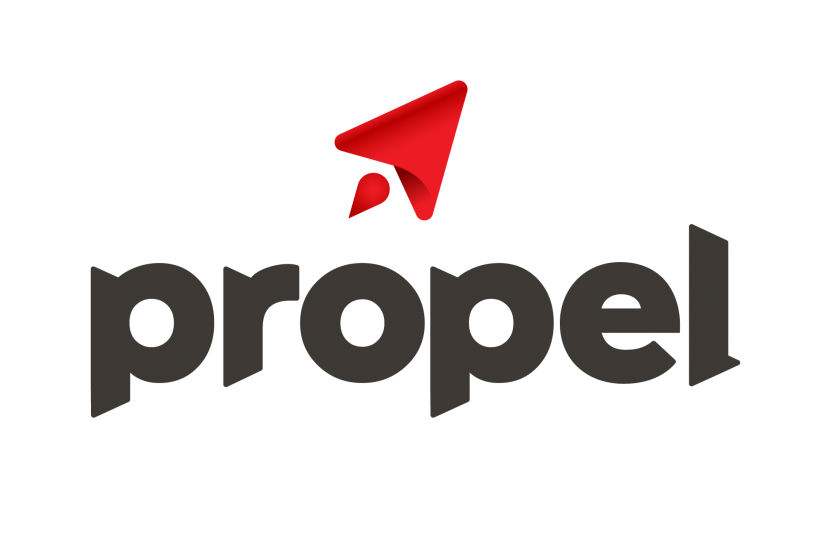Having retired from a career in engineering, Bob Haagensen has devoted the last few years to making GPS surveys more accurate at sea.
Haagensen is the founder of Ocean Wireless Data Systems, or O-Wireless, which has developed technology that extends the range at which the Global Positioning System is accurate at sea. He said the existing system now operates with incredible accuracy up to 20 kilometres from shore, and the O-Wireless technology lengthens that to about 500 kilometres, which could be a valuable resource for the offshore oil industry.
“Offshore surveying is still really tough,” said Haagensen, sitting in a coffee shop near his St. Margaret’s Bay, N.S., home. “Once you get 20 to 30 kilometres offshore, it’s really hard to tell precisely where you are.”
Here is the problem: GPS relies on satellites to establish where the subject is, and it does a splendid job of this on land because surveyors use Real Time Kinematic, or RTK, to improve the basic two- or three-metre accuracy of GPS to about five millimetres. RTK systems transmit correction data from a reference station to the surveyor. That correction data is transmitted by UHF radios, which only have a 10- to 15-kilometre range – which means RTK does not ensure GPS accuracy at long distances offshore.
That’s a problem for many of the world’s 790 deep-water drilling rigs, of which 250 are dynamically positioned. That means they base their positioning and surveys on acoustic beacons on the sea bed, and Haagensen said such devices are expensive and often inaccurate. And that can be problematic because of the accuracy needed to drill in precisely the right spot and to keep the drilling rig on location.
Haagensen’s solution is to use a technology some consider antiquated to improve the performance of GPS at sea. He sends shortwave radio beams, with frequencies of three to five megahertz, from a shore station across the ocean to intercept the GPS signals and improve the GPS accuracy. The ocean surface is an excellent conductor of these radio waves, allowing them a range of up to 500 kilometres without interference from such customary hazards as solar flares and ionospheric storms.
Such a real-time solution requires a high rate of data transmission and wouldn’t have been possible 20 years ago because there was no high speed data capacity. But with recent military research, the technology now exists to overcome such a hurdle.
As well as the positioning of oil rigs, Haagensen said there would be other applications, such as ensuring correct positioning of and signaling from tsunami buoys in the Pacific Ocean.
Haagensen has partnered with the University of New Brunswick – which he describes as the global leader in GPS technology innovation – and with the company Gemini Navsoft of Fredericton to establish a proof of concept.
As is the case with many startups, O-Wireless needs capital to commercialize the technology, but it also needs a corporate structure. Haagensen said he would be willing to license out the technology or to work with people wanting to set up a company. He estimates the company could develop a prototype in about four months with less than $125,000 in capital.









